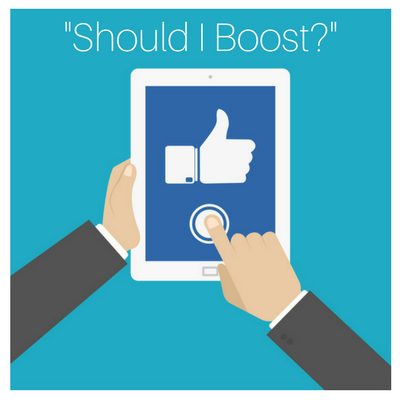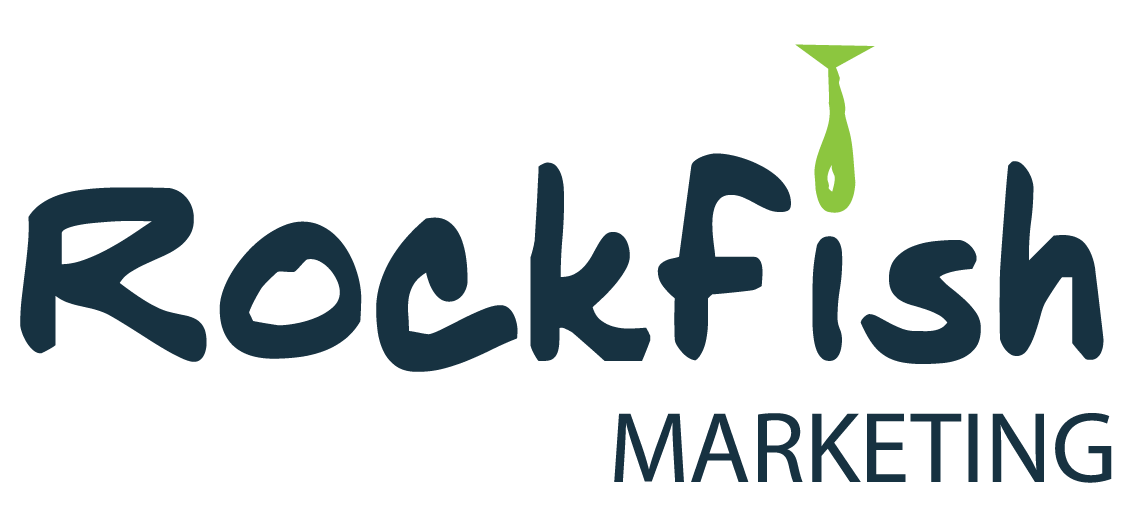Restaurant Marketing has changed a lot since Facebook emerged on the scene with the ability to advertise to your local market. If you use Facebook for your restaurant, chances are you’ve boosted a Facebook Post. You’ve taken the leap and decided to hit the Facebook Boost Post button to promote your posts hoping more people would suddenly flock to your restaurant.
 Well, I have some new some news for you. If you are using it a lot, it could be costing you a lot of money. Hundreds, and for some thousands of dollars wasted.
Well, I have some new some news for you. If you are using it a lot, it could be costing you a lot of money. Hundreds, and for some thousands of dollars wasted.
Five years ago Facebook’s advertising platform was still in its infancy stage and was complicated for many restaurant business owners.
Then in 2012, Facebook introduced an easier way to advertise and promote your content with the “Promote Post” button. With this option, you could finally create an advertising campaign without leaving your Facebook page.
A few years later “Promote Post” turned into “Boost Post” and was the result of some updates. But basically remained the same — offering a quick and easy way to spend your marketing money and reach more people with your Facebook posts.
As the organic reach got watered down over the past few years (and for most barely any reach), many page owners are now turning to “Boost Post” to get their messages in front of their audiences because it’s fast and easy. That doesn’t mean it’s smart.
So What Happens When You Boost a Post?
You go to your Facebook page, find a post you want to promote (advertise) and click “Boost Post.”
You then choose your audience, your budget, and the campaign duration, and click “Boost.”
What you may not realize is Facebook just created a new ad campaign in your personal ad account with the“Page Post Engagement” objective. It chooses the defaults for you – it’s the lazy man’s way of advertising.
And that’s where things start going in the wrong direction.
Why You Should Not Boost Your Posts
Facebook optimizes your campaigns depending on which objective you choose.
If you choose Website Clicks objective, Facebook optimize’s for link clicks to your website. If it’s Website Conversions, then Facebook will analyze everyone who converted already and will try to reach similar people first.
But if you boost a post, Facebook will always optimize just for more post engagement, meaning they will optimize for more likes, shares, comments and so on. Sometimes, if that really is your main objective, that’s (almost) ok. But you still don’t control ad placement.
So even if you decide to boost a link post, Facebook will still just optimize for engagement and not link clicks.
Have you ever noticed an ad that gets a ton of post likes (because they’ve targeted so broad)? Keep in mind, chances are only a small fraction of those people will click through to your website, your event page, or your landing page. It’s never about likes. It’s always about conversion and sales. You want results…period.
Limited Targeting Options
If you look at Facebook boost post targeting, you have three options:
- People who like your Page – advertising to all your fans,
- People who like your Page and their friends – advertising to all your fans and all their friends,
- People you choose through targeting – advertising to a specific target audience you choose.
Let’s go through these options:
People who like your Page:
If you didn’t do great with attracting high-quality page likes (very few restaurants do), you’ll be immediately wasting some of your money.
People who like your Page and their friends:
No matter if you have super relevant likes (fans) or not, you’ll still be wasting your money – the Friends of Fans audience can have up to a million or even more people in it – many or most won’t be within the appropriate radius of your restaurant because their “friends” can be all over the world.
So there’s really no way Facebook will be able to find the most relevant people. And it’s impossible for you to add an additional layer of interests to make it more specific.
People you choose with targeting:
Although this sounds good because you can choose specific interests, the targeting choices they give you are still very limited. For example, with the boost, you can’t choose any behaviors. You can’t use detailed targeting to reach people who are interested in both Interest A and Interest B either. Also, you can’t include or exclude your page fans or Custom Audiences from your targeting.
No matter which targeting option you choose, you will be wasting your money. Whether it’s 10% or 30% of your budget, it can add up to thousands of advertising dollars thrown away.
And finally, perhaps most importantly, you can’t control the “placements” of the ads you pay for.
No Control Over Ad Placements
When you’re boosting posts, you can’t choose where you want to show your ads – the default option is always Desktop News Feed and Mobile News Feed.
You already know that Facebook does a ton of optimization automatically for you. Most of the time their algorithms will try to find the cheapest way to achieve an objective, even if it might ruin your overall campaign results. They would love to show you a lot of likes and engagement, but that doesn’t always translate to results.
For example, let’s say you want to promote an upcoming wine tasting event at your restaurant and you are wanting to sell tickets for it. If you choose to advertise on both Mobile News Feed and Desktop News Feed, Facebook might, unfortunately, push as much as 99% of your advertising budget to the mobile news feed option (because it’s less expensive than Desktop News Feed), regardless of whether it’s getting you what you want, which is sales.
From our experience, even if a website is responsive and mobile-friendly, the conversion rate on mobile is usually 2 to 3 times lower than on desktop. Mobile conversion tends to be lower because it’s just not as convenient to fill in all the sign-up or purchase information on handheld devices. If the website is not mobile-friendly, it can be even worse.
So, if you choose both placements (something you can’t control with the “Boost Post” option), you’ll probably be getting a ton of mobile traffic that doesn’t convert at all or converts poorly. And if you are trying to drive people from Facebook to your event page, your wine tasting registration landing page, your website, your menu online, or anywhere else outside of facebook, then you need conversions more than “likes.”
And don’t forget Instagram. You can now run Instagram advertising from Facebook Ad Manager. You can’t do this with “Boost Post.” And, at anytime you are actually going for the engagement objective, we suggest adding Instagram as an ad placement (always disable right side column) so you can get likes on Instagram and reach those who aren’t on Facebook to see your ad.
What Can You Do About It?
You can stop using “Boost Post” on the front of your Facebook post. Unless your money does actually grow on trees.
Whether you’re a restaurant or not, the audience you want to reach can be reached more effectively by creating ads in the Ads Manager or Power Editor.
Yes, it may take you a few minutes longer, but you’ll be able to choose the campaign objective that makes the most sense for your restaurant, you’ll be able to select more relevant audiences, and have complete control on where to show your ads.
Combined, these things will result in you saving advertising dollars and a better return on your restaurant advertising campaigns.
In the end, your goal should not be just to get more engagement, but to get people take an action – visit your website, sign up for an event, opt-in with their email for a contest, buy a gift card, or simply come in to your restaurant – and you should do everything you can to achieve those results in the most effective way.

